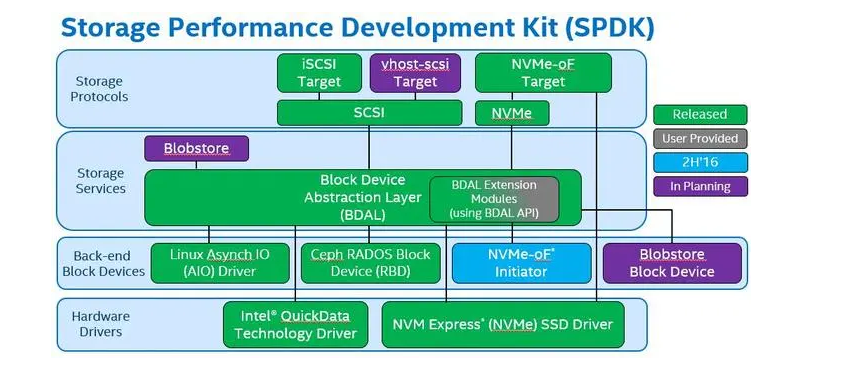要用 C++ 代码实现与 v4l2-ctl --device=/dev/video2 --list-formats-ext 命令相同的功能,您需要使用 V4L2 API 来查询视频设备的支持格式及其详细信息。以下是一个示例代码,它可以列出指定设备的视频格式及其详细属性。
C++ 示例代码
#include <iostream>
#include <string>
#include <fcntl.h>
#include <linux/videodev2.h>
#include <sys/ioctl.h>
#include <unistd.h>
void listVideoFormats(const std::string& devicePath) {
int fd = open(devicePath.c_str(), O_RDWR);
if (fd == -1) {
std::cerr << "Failed to open device: " << devicePath << "\n";
return;
}
// 查询可用的视频格式
struct v4l2_fmtdesc fmtDesc;
fmtDesc.type = V4L2_BUF_TYPE_VIDEO_CAPTURE;
std::cout << "Supported formats for device: " << devicePath << "\n";
while (ioctl(fd, VIDIOC_ENUM_FMT, &fmtDesc) == 0) {
std::cout << "Format: "
<< fmtDesc.description
<< " ("
<< fmtDesc.pixelformat
<< ")"
<< "\n";
// 查询该格式的分辨率
struct v4l2_frmsizeenum frmSizeEnum;
frmSizeEnum.pixel_format = fmtDesc.pixelformat;
while (ioctl(fd, VIDIOC_ENUM_FRAMESIZES, &frmSizeEnum) == 0) {
if (frmSizeEnum.type == V4L2_FRMSIZE_TYPE_DISCRETE) {
std::cout << " Discrete size: "
<< frmSizeEnum.discrete.width
<< "x"
<< frmSizeEnum.discrete.height
<< "\n";
} else if (frmSizeEnum.type == V4L2_FRMSIZE_TYPE_STEPWISE) {
std::cout<< " Stepwise sizes from "
<< frmSizeEnum.stepwise.min_width
<<"x"
<< frmSizeEnum.stepwise.min_height
<<" to "
<<"Max Size:"
<<"Width:"
/* Add more information about stepwise format here */
;
}
++frmSizeEnum.index;
}
++fmtDesc.index;
}
close(fd);
}
int main(int argc, char* argv[]) {
if (argc != 2) {
std::cerr<< "Usage: "<< argv[0] <<" /dev/videoX\n";
return -1;
}
listVideoFormats(argv[1]);
return 0;
}
编译与运行
- 保存代码到
list_video_formats.cpp文件中。 - 编译:
g++ list_video_formats.cpp -o list_video_formats - 运行(假设你要查询
/dev/video2):./list_video_formats /dev/video2
注意事项
- 请确保您的系统上安装了必要的开发工具和库,通常需要安装
libv4l-dev包:sudo apt-get install libv4l-dev - 您可能需要使用
sudo权限来访问/dev/video*。 - 此示例仅列出 discrete 分辨率,如果设备支持其他类型(如 stepwise),您可以扩展此代码以显示更多细节。
内容由零声教学AI助手提供,问题来源于学员提问





















